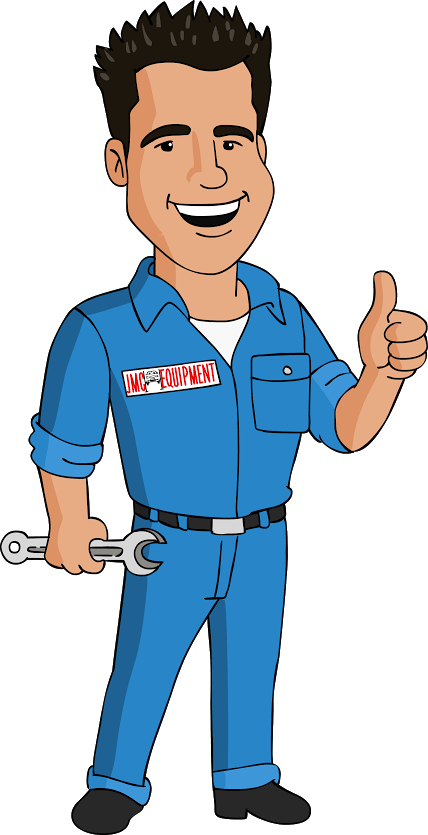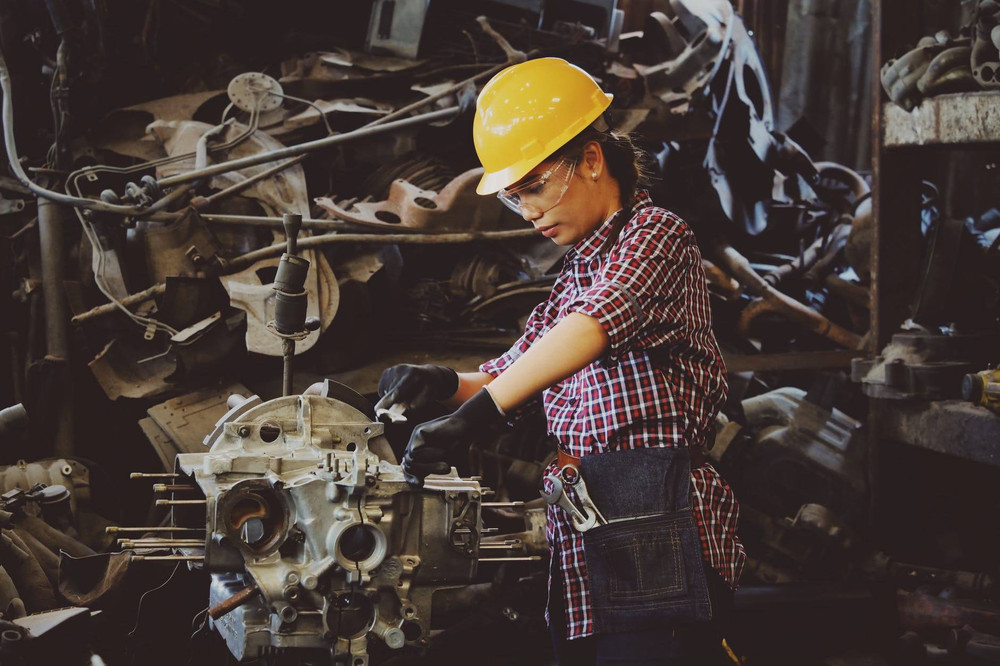Springback in Metal Fabrication: How Does it Affect Your Business?
Posted by Juan E. Chavez on 1st Apr 2019
The Hows and Whys of Springback in Metal Sheet Fabrication
As a technician, you might have encountered technical problems during metal sheet fabrication. One of these may be springback, or elastic deformation. Whether you’re stamping small precision components or large automotive panels, springback is a fact of life for most car repair businesses. And it is one of the biggest obstacles after spending weeks or months achieving a split-free panel.
Bending is essential to forming sheet metals. Just like other metal bending processes, bending changes the shape of a piece. Technicians may opt to use a Baileigh sheet metal brake for better accuracy during bending.
In some cases, however, the material may try to return to its original shape after bending — and that’s when springback happens.
When Metal Returns to its Original Shape
Bending sheet metal isn’t as simple as using some force to bend a piece then being done with it. Press brake operators use two types of bend angles: inner angles and outer angles for better accuracy.
When metal sheets or plates are bent, they have two angles: an inner angle and outer angle. The inner angle experiences compressive forces while the outside angle experiences external tensile forces. The differences in these two angles cause springback. When this happens, a piece returns to its original size.
For technicians, springback could lead to a host of technical problems. After all, it’s harder to produce a part after springback. Further, repair shops may need the appropriate tools to compensate for the effects of springback on the metal piece.
So, Why Does Springback Happen?
Springback occurs because of two reasons: the displacement of molecules in the sheet metal and stress-and-strain properties.
During metal sheet bending, the inner part of the bend compresses, while the other stretches. As a result, the molecular density is greater on the inside than the outside. The unequal forces and displacement of molecules cause the material to return to its flat position.
The three methods of bending metal — air forming, bottom bending, and coining — affect sheet metal in different ways. Bottoming and coining, for instance, produce 90-degree bend angles and metal sheets usually spring forward to conform to the die angle. Coining, on the other hand, produces a final bend without springback. While the technique can compensate for springback, but technicians hardly use the method anymore.
What Car Repair Shops Can Do
Press brake operators need to be mindful of springback every time they bend a sheet or plate of metal. Ignoring the effects of springback will add more time and expenses to the project. They’ll also end up creating the same part over and over again.
Achieving a perfect bend is
possible by using an angle compensation feedback mechanism. These systems use
cameras, sensors, and lasers to track springback then adjust the piece in
real-time for better precision. 
Some expert fabricators can predict springback by considering steel alloys and the degree of the bend radius. They must be extra careful to calculate over-bending accurately, however, since it is the key to ensuring an accurate final product.
- JMC Equipment has been helping repair shops bend metal sheets with precision with its top-quality automotive equipment. Do you have a project that requires metal fabrication? Contact us to discuss your needs today.

